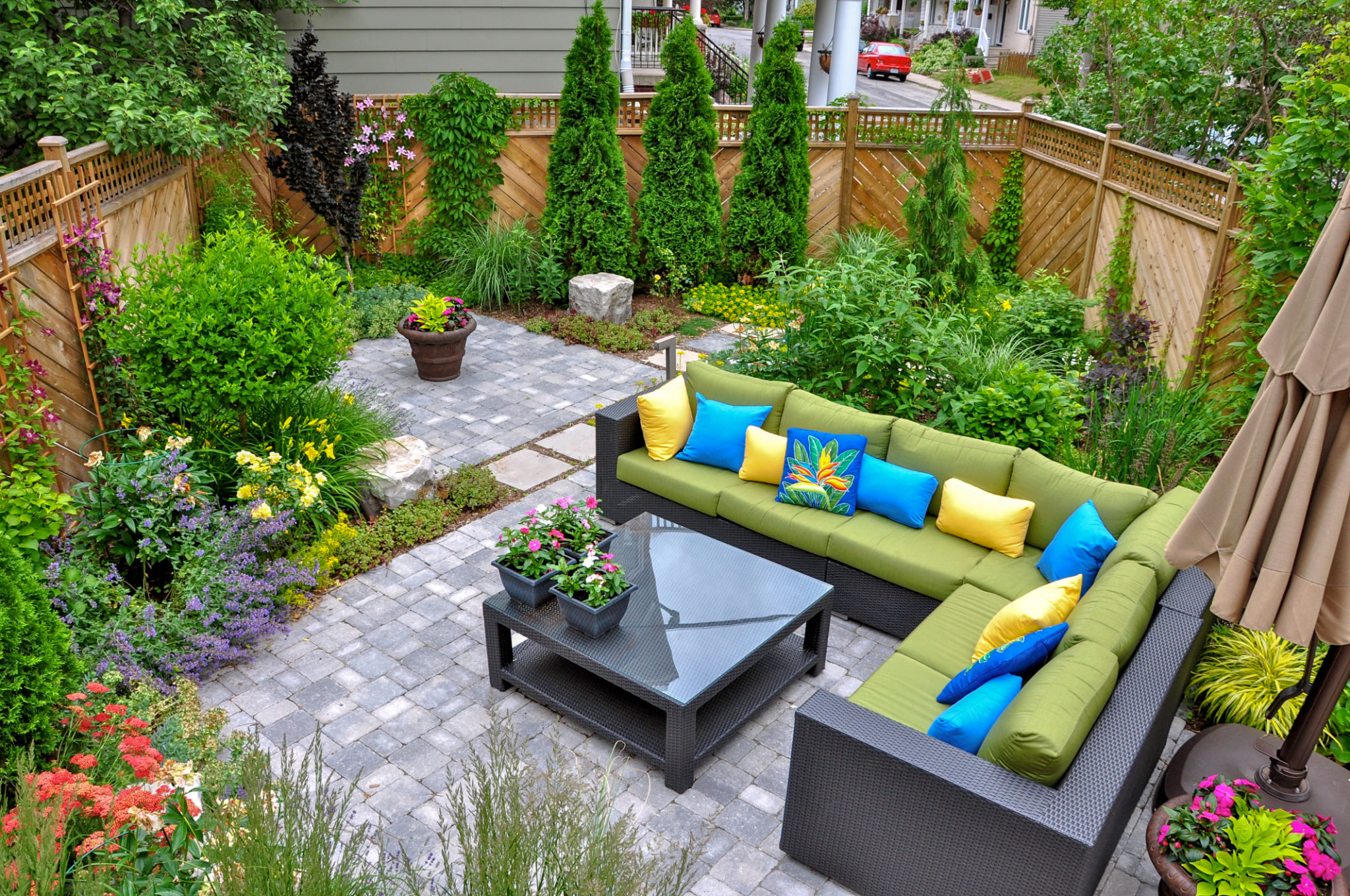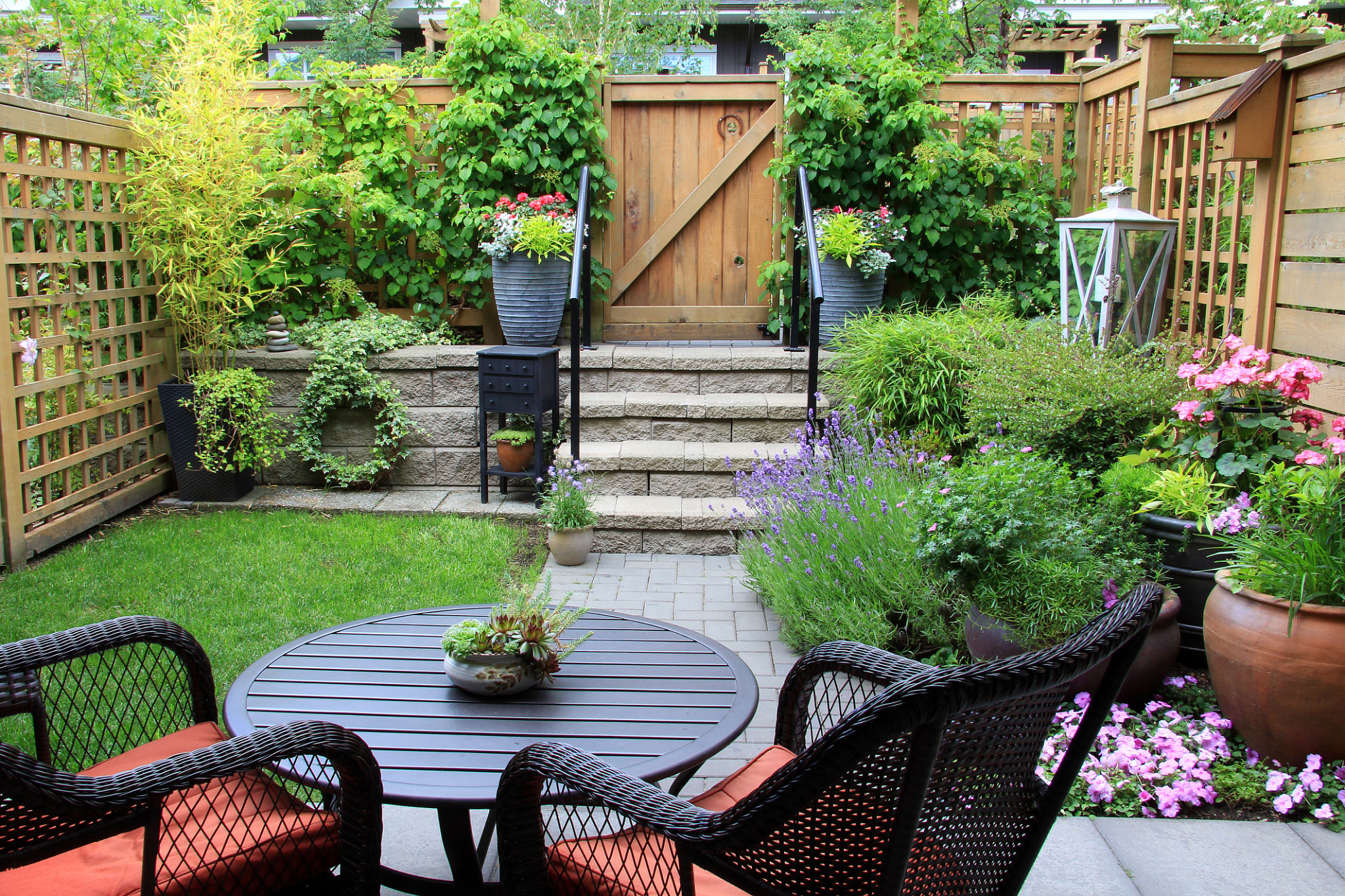Expert Insights: How to Maximize Space in Small Outdoor Areas
Understanding Your Space
Maximizing space in small outdoor areas begins with a clear understanding of the dimensions and potential uses for the space. Start by measuring the area and determining its primary purpose. Will it be used for relaxation, entertaining, gardening, or a combination of these activities? Knowing how you intend to use the space will guide your design decisions.
Consider the existing elements in your outdoor area. Are there features that cannot be moved or modified, such as a large tree or permanent structure? Identifying these fixed elements will help you plan around them effectively, ensuring that every inch of space is optimized.

Choosing the Right Furniture
In small outdoor areas, the right furniture can make all the difference. Opt for multi-functional pieces that serve more than one purpose. A bench with storage underneath or a foldable table can provide utility without occupying too much space. Additionally, select pieces that are proportional to the size of your area to avoid overcrowding.
Consider using lightweight materials like aluminum or resin, which are easy to move and rearrange as needed. This flexibility allows you to adapt your space to different occasions, whether you're hosting a small gathering or enjoying a quiet afternoon alone.
Incorporating Vertical Elements
When floor space is limited, look upwards. Vertical gardening offers a fantastic way to add greenery without sacrificing space. Use wall-mounted planters, hanging baskets, or trellises to grow plants vertically, creating a lush atmosphere that enhances the overall aesthetic of your outdoor area.

Vertical storage solutions can also be a practical addition. Install shelves or hooks on walls or fences to keep gardening tools and outdoor accessories organized and accessible. This not only maximizes space but also keeps the area tidy and clutter-free.
Creating Zones
Even in small spaces, creating distinct zones can add functionality and visual interest. Use rugs, potted plants, or different flooring materials to demarcate areas for dining, lounging, or gardening. This helps define the space and makes it feel larger and more purposeful.
Incorporating different levels can also add depth to your outdoor area. Use raised planters or tiered seating to create visual layers, drawing the eye upward and giving the illusion of more space.

Lighting and Ambiance
Proper lighting can dramatically transform a small outdoor area, making it more inviting and functional after sunset. String lights, lanterns, or solar-powered stakes provide soft lighting without taking up valuable space. Highlighting specific areas with spotlights can also create focal points and enhance the overall ambiance.
Consider using lighting to accentuate vertical elements or distinct zones within your outdoor area. This not only adds practicality but also enhances the mood and visual appeal of your space.
Final Touches
The final touches are what personalize your outdoor area and make it feel like an extension of your home. Incorporate cushions, throws, and outdoor rugs in colors and textures that complement your indoor decor. These elements add warmth and comfort, making the space more inviting.
Don't forget about small decorative items such as candles, sculptures, or wind chimes. These details add character and charm, providing a finishing touch that reflects your personal style.
By following these expert insights and creative strategies, you can effectively maximize space in small outdoor areas, transforming them into functional and beautiful retreats you'll enjoy year-round.